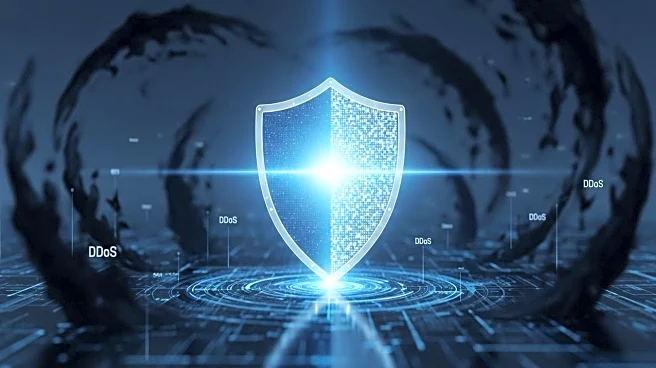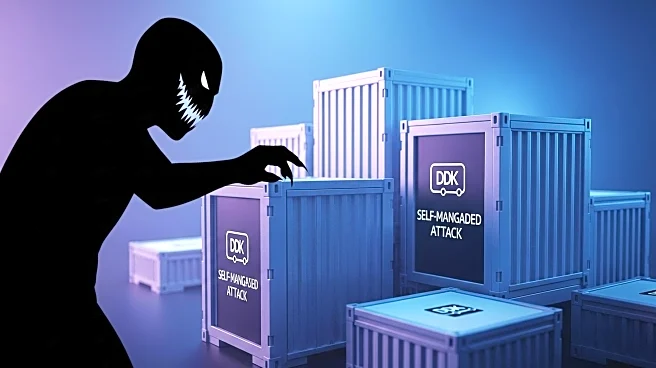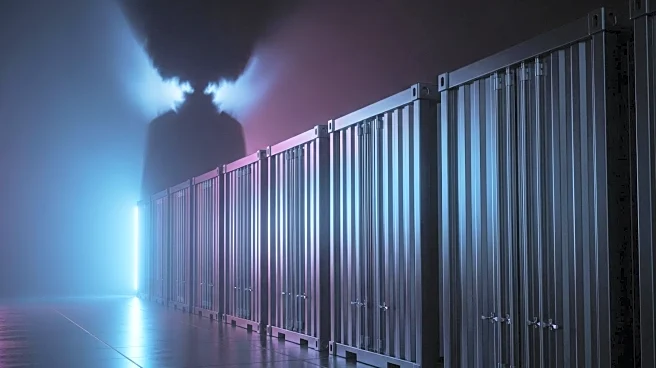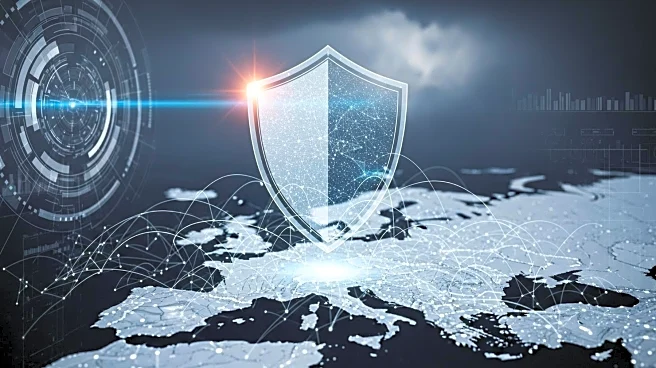What is the story about?
What's Happening?
Cybersecurity analysts have identified a new campaign, ShadowV2, which combines traditional malware with modern DevOps tools to offer Distributed Denial-of-Service (DDoS) attacks as a service. Discovered by Darktrace, the operation utilizes a command-and-control framework hosted on GitHub CodeSpaces, employing a Python spreader for Docker deployments and a Go-based remote access trojan for command reception. The attackers target exposed Docker daemons on AWS EC2, creating temporary containers to install tools and deploy malware. This method reduces forensic artifacts, making detection more challenging. The campaign features an OpenAPI spec with multi-tenant capabilities, privilege distinctions, and endpoints for launching attacks, presenting a fake seizure notice but revealing an advanced attack platform at login.
Why It's Important?
The emergence of ShadowV2 underscores the maturation of cybercrime into a structured industry, where DDoS attacks are marketed as business services complete with APIs, dashboards, and user interfaces. This development poses significant challenges for cybersecurity defenses, requiring enhanced visibility into containerized environments and continuous monitoring of cloud workloads. The specialization in DDoS services reduces operational risks for threat actors and aligns their incentives with paying customers, complicating efforts to combat such attacks. As cybercrime evolves, defenders must adapt by employing behavioral analytics to identify anomalous API usage and container orchestration patterns.
What's Next?
The rise of DDoS-as-a-service platforms like ShadowV2 suggests a need for cybersecurity firms to rethink their strategies. Effective defense will require deeper integration of threat intelligence and advanced monitoring tools to detect and mitigate these sophisticated attacks. Organizations may need to invest in training and technology to enhance their ability to respond to evolving cyber threats. Additionally, collaboration between cybersecurity firms and cloud service providers could be crucial in developing more robust defenses against such platforms.
Beyond the Headlines
The ShadowV2 botnet highlights ethical and legal challenges in the cybersecurity landscape. As cybercrime becomes more organized, questions arise about the responsibility of platforms like GitHub CodeSpaces in preventing misuse. The development of cybercrime-as-a-service models also raises concerns about the accessibility of sophisticated attack tools to less experienced threat actors, potentially increasing the frequency and scale of cyber attacks.
AI Generated Content
Do you find this article useful?













